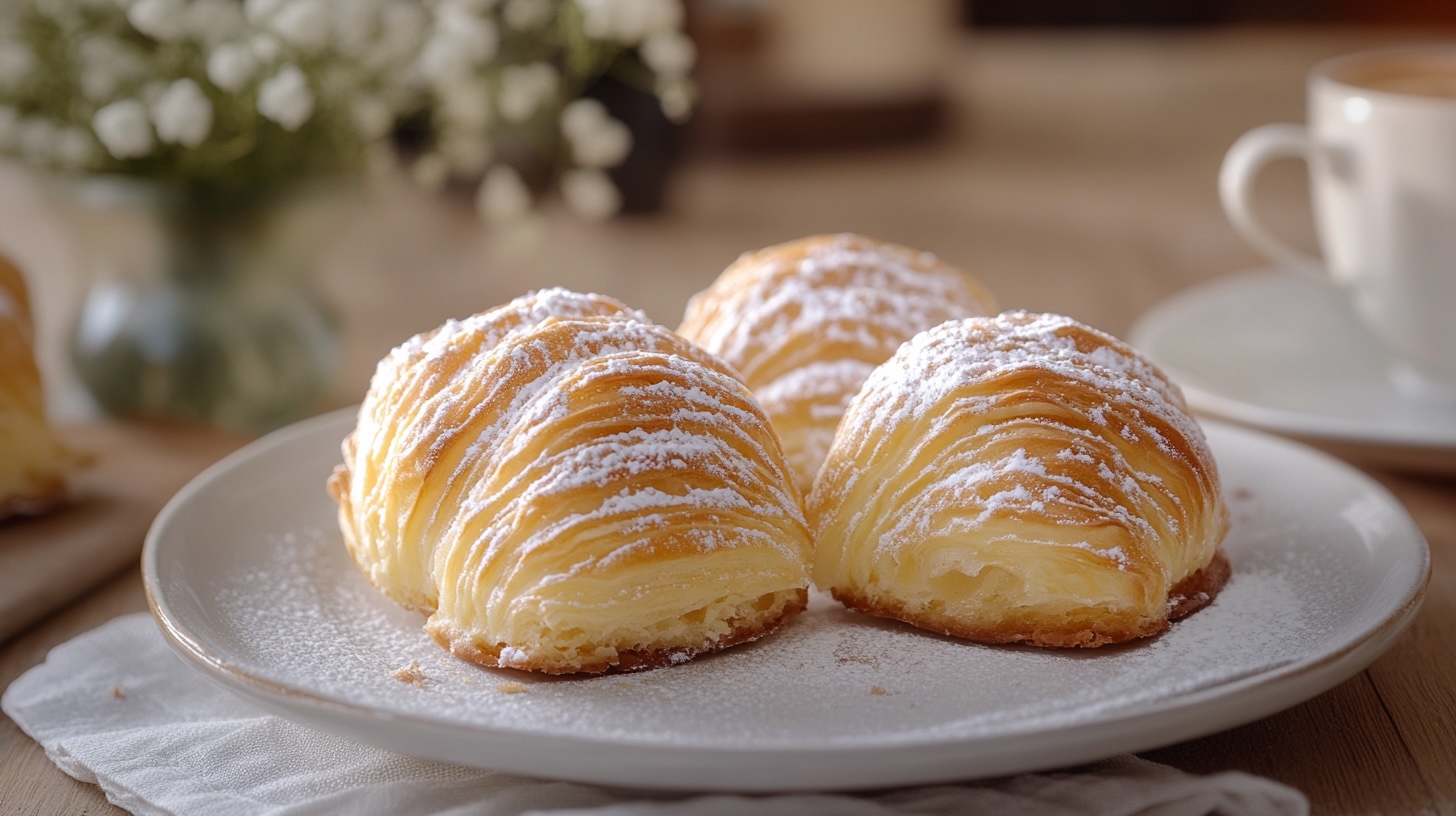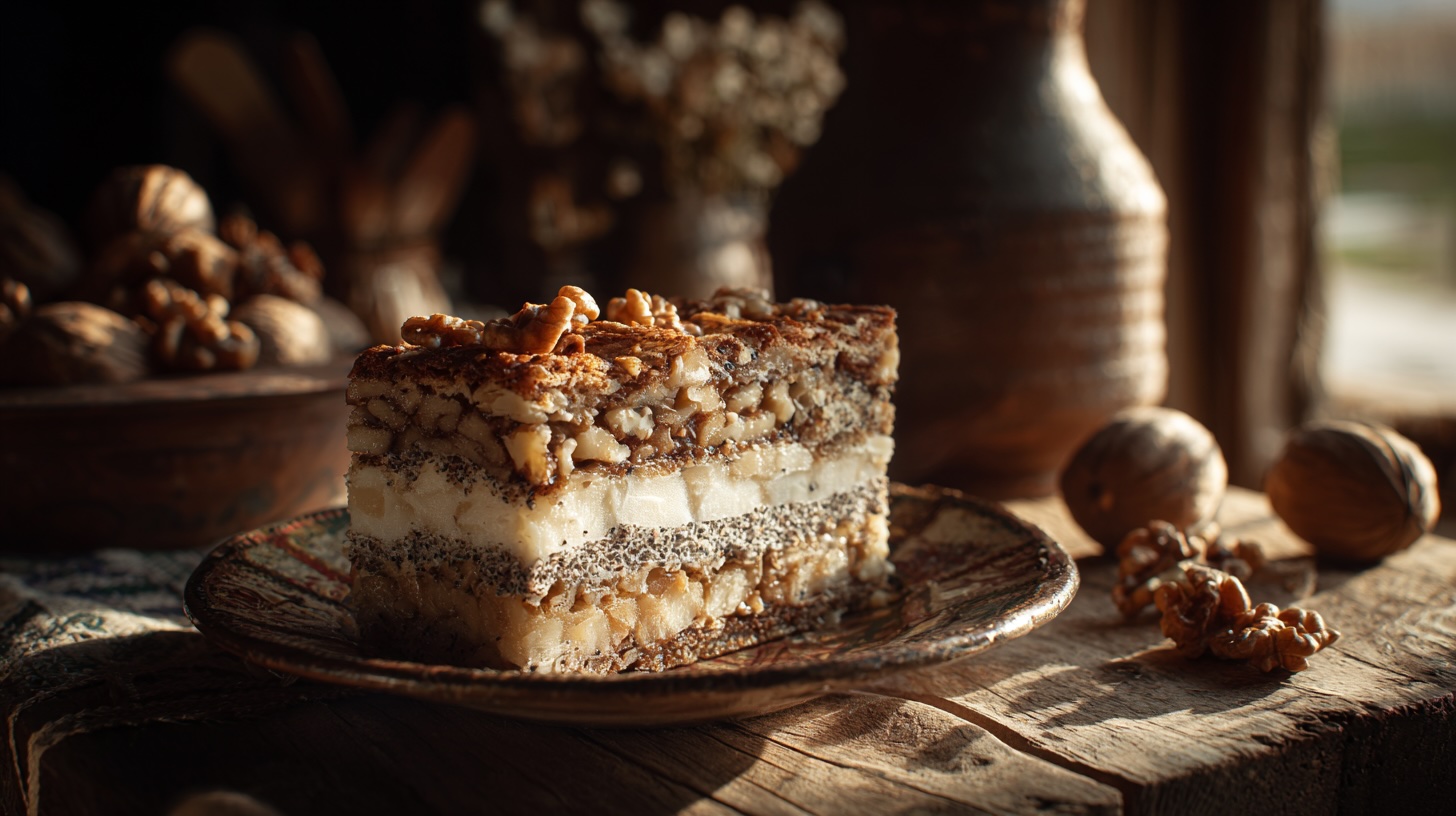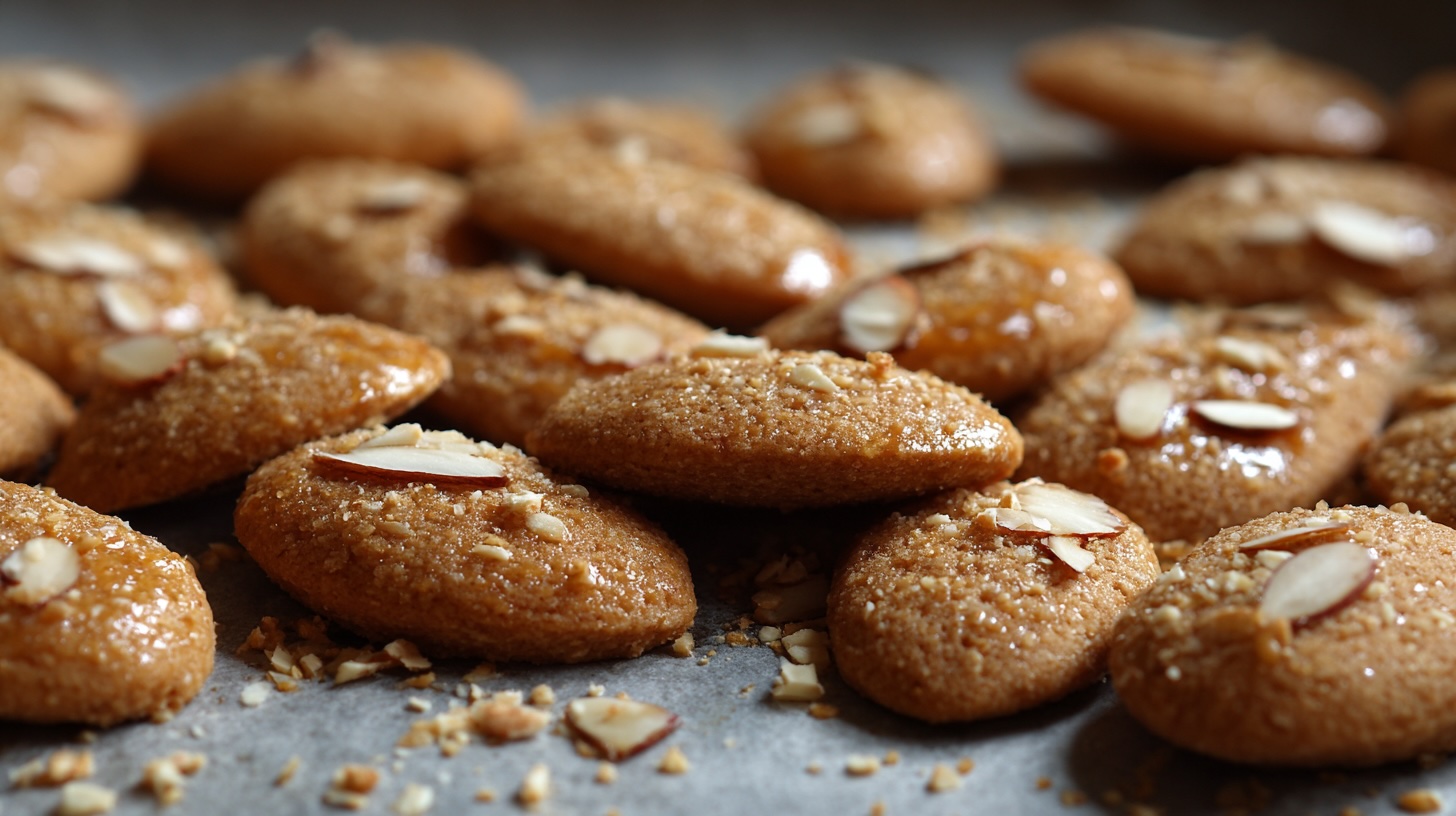Sfogliatella: The Flaky Treasure of Naples
A Pastry with a Past as Rich as Its Filling
Ah, sfogliatella. If there were ever a pastry that embodied the phrase “too pretty to eat but too delicious not to,” this is it. With its crisp, flaky layers and rich, creamy centre, sfogliatella is a Neapolitan delight that has captivated pastry lovers for centuries. Born in a convent, perfected in Naples, and now found in bakeries around the world, this pastry is a testament to Italian craftsmanship and culinary passion.
Where It All Began
Like many of the best things in life, sfogliatella was born in a monastery. The legend goes that in the 17th century, somewhere on the Amalfi Coast, a resourceful nun found herself with leftover semolina porridge and, rather than let it go to waste, mixed it with ricotta, sugar, dried fruit, and a hint of citrus. She wrapped this mixture in thin layers of dough, creating a shell-like shape, and baked it to perfection. The result? A pastry so divine it might as well have been heaven-sent.
Fast forward a few decades, and this recipe found its way to Naples, where chef Pasquale Pintauro refined it and introduced it to the masses. From there, sfogliatella cemented itself as a staple of Neapolitan pastry culture.
Two Sisters, One Heart
Like many iconic dishes, sfogliatella has evolved into different varieties. The two most famous are sfogliatella riccia and sfogliatella frolla.
Sfogliatella riccia is the showstopper, with its delicate, paper-thin layers of dough meticulously folded into a crisp, shell-like structure. When baked, it shatters in the most satisfying way, giving way to the creamy, aromatic filling within.
Sfogliatella frolla, on the other hand, is its softer, more reserved sibling. It ditches the dramatic layers for a smooth, shortcrust pastry exterior, making it more tender but equally delicious. It’s like the quiet bookworm to riccia’s flamboyant artist—different, yet both undeniably charming.
The Art of the Layers
What makes sfogliatella truly special is the craftsmanship behind it. Creating the perfect sfogliatella riccia is no easy feat. The dough is stretched so thin you could practically read a newspaper through it, then carefully rolled and shaped to achieve that signature crispiness. When done right, the result is a pastry that crackles with every bite, revealing a warm, citrus-infused ricotta filling that melts in your mouth.
It’s not just a pastry; it’s an experience. A symphony of textures, a masterclass in technique, and a love letter to patience and precision.
Sip, Sip, Hooray: What to Drink with Sfogliatella
Pairing a drink with sfogliatella depends on the occasion. A morning treat? Espresso is your best bet. The intense bitterness of a good Neapolitan coffee cuts through the richness of the ricotta filling beautifully. Feeling a little fancy? A glass of Vin Santo or Marsala wine brings out the pastry’s citrus and vanilla notes. And if you’re indulging in an afternoon break, a cappuccino is the perfect creamy companion.
Sweet Companions: Other Foods to Enjoy with Sfogliatella
Sfogliatella doesn’t like to share the spotlight, but if you must pair it with something else, go for simplicity. A handful of fresh berries complements the creamy filling, while a scoop of vanilla gelato turns it into a full-blown dessert. And, of course, no Neapolitan breakfast would be complete without a small dish of fresh ricotta drizzled with honey on the side.
A Little Health Talk (But Not Too Much)
Look, no one eats sfogliatella for its health benefits. It’s buttery, rich, and delightfully indulgent—exactly as it should be. That said, ricotta provides a good dose of protein and calcium, and the citrus zest sneaks in some antioxidants. But if you’re looking for a guilt-free snack, you might want to look elsewhere. Sfogliatella is meant to be savoured, not scrutinised.
Where to Find This Neapolitan Masterpiece
If you find yourself wandering the streets of Naples, you’re in luck. The best sfogliatella comes fresh from the city’s historic bakeries, like Pintauro, Attanasio, or Scaturchio. In Rome, Milan, and beyond, high-end Italian bakeries often have a decent version. Elsewhere in the world, you’ll have to seek out authentic Italian pastry shops or, if you’re lucky, find a dedicated Italian nonna willing to share her family recipe.
Bring Naples to Your Kitchen: Sfogliatella Recipe
Want to try making sfogliatella at home? It’s a labour of love, but the reward is worth every effort.
For the dough:
- 250g all-purpose flour
- 25g sugar
- A pinch of salt
- 100ml water
- 75g unsalted butter, softened
- Lard (for layering, optional but traditional)
For the filling:
- 250g ricotta cheese
- 100g cooked semolina (mix 30g semolina with 100ml boiling water)
- 100g sugar
- 1 egg
- 1 teaspoon vanilla extract
- Zest of 1 orange
- Zest of 1 lemon
- 50g candied citrus peel, finely chopped
To assemble: Make the dough by combining flour, sugar, salt, and water, kneading until smooth. Let it rest for at least two hours. Roll it out incredibly thin, brushing with softened butter and rolling into a tight log. Wrap and refrigerate. For the filling, mix ricotta, semolina, sugar, egg, vanilla, zests, and candied peel until smooth. Slice the dough log into thin rounds, flatten gently into ovals, and place a spoonful of filling inside. Bake at 190°C for about 25 minutes, or until golden brown and crisp. Dust with icing sugar and serve warm.
There you have it: a taste of Naples, right from your kitchen. Just try not to eat them all in one sitting (or do—no judgement here).



